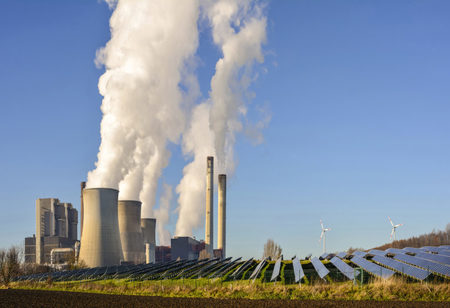City-based MN Dastur and its affiliate firms Dastur International Inc from New Jersey and Dastur Energy Inc have bagged a US department of energy-funded study to design and engineer a carbon-capture project for a large integrated steel producer in North America. This is for the first time an Indian firm has taken up an industrial-scale carbon capture project for steel sector in the continent. The estimated expense of the carbon capture project has been pegged at $500 million.
The project would help in the production of low-carbon emission steel through CO2 capture of up to 2 mtpa from the available blast furnace gases to meet the demand of energy in a steel plant.
Atanu Mukherjee, president and CEO of MN Dastur stated in a report, “It has the potential to demonstrate US leadership and innovation in
decarbonising integrated steel plants across the world.
It will also serve as a reference design for clients in the heavy manufacturing and industrial sector looking for effective decarbonisation strategies.”
“Our proposed approach and design targets to reduce the cost of capture and disposition to mid $40/tonne of CO2, a significant improvement over incumbent solutions in the $60-100 per tonne range,” stated Mukherjee.
The project has become a shot in the arm for the city-based firm as it recently won another project to design commercial carbon capture solutions in oil and gas, refining and petrochemical industries. Nevertheless, the company has kept back the name of the project for certain issues.
Along with its partners, Dastur would draw upon its intellectual property on gas conditioning. System design and engineering, steel segment expertise, carbon capture technology and storage and sequestration expertise to engineer a flexible, scalable and cost-effective industrial-scale carbon capture and management solution.
“A successful and cost-effective industrial solution could serve as a reference for other integrated steel plants in the US as well as the major steel-producing countries like China, Japan, South Korea and India, where steel capacities are largely based on blast furnace,” stated Mukherjee.
